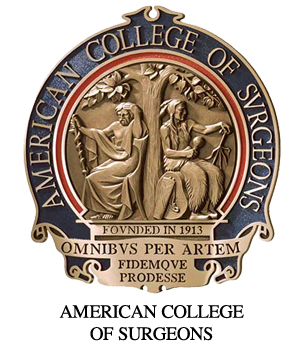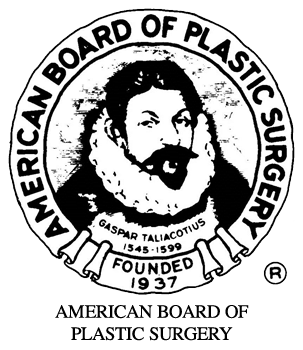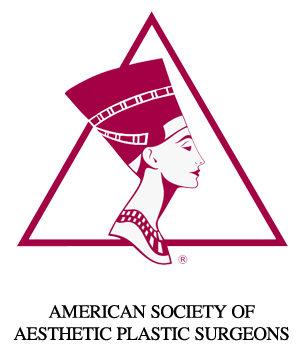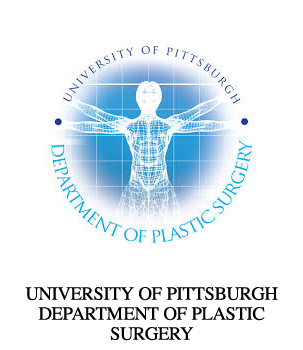Swelling after Tummy Tuck Surgery?
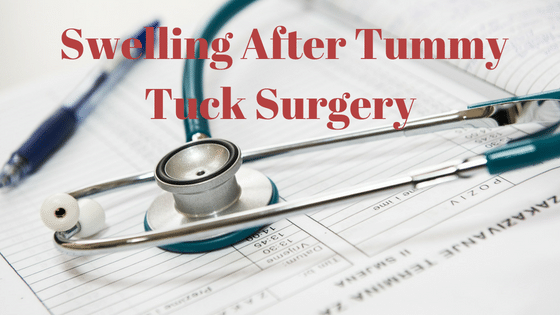
I perform a lot of Bridgeville tummy tucks and everyone complains about lower abdominal swelling and the discomfort that it causes after tummy tuck/abdominoplasty surgery. The bad news is that lower abdominal swelling after tummy tuck surgery occurs in every patient. The degree to which it is observable or becomes a problem varies greatly based on how well you follow your surgeons instructions and your overall health! At my Bridgeville-based plastic surgery practice, I like to counsel patients what to expect before they have surgery so they are prepared for the inevitable.
You can expect swelling after tummy tuck surgery to occur over the first few days with a peak at days 3-5. A significant amount of your swelling and/or bruising will come down by three weeks post op.
Post Operative Swelling: Why Does Swelling Happen?
When a horizontal incision is made across the lower abdomen, the skin just above the incision now has an altered blood supply. Blood can get in, but it has a harder time getting out because the veins run north to the chest and gravity works against them. Patients that have had flank liposuction at the same time as an abdominoplasty seem to have more swelling. I do this frequently to contour the waist. A basic principal is the fatter or thicker your tummy skin prior to the surgery, the higher the likelihood you will have prolonged abdominal swelling.
Avoiding Swelling After Tummy Tuck Surgery
The good news is that there are some fairly simple steps you can take to reduce the swelling after tummy tuck surgery and speed your post-tummy tuck recovery.
Banish the Bulge: Lay Flat
To avoid swelling after their tummy tuck/abdominoplasty surgery, I always tell my patients to spend the first 4 days after surgery lying with their chest fairly flat, legs elevated, to aid in venous return from the skin flap and from their legs, thereby reducing the incidence of deep venous thrombosis. EVERY OTHER HOUR – get up, walk around, eat quickly, then down horizontal again. SITTING IS THE KISS OF DEATH and will lead to more tummy swelling and cause all your blood and swelling fluid to pool in your pelvis. The “V” lying position is almost as bad. Recliner chairs that raise the chest and not the legs are bad.
Post Tummy Tuck Compression Garments
A good, NOT TOO TIGHT OR TOO LOOSE compression garment – whether it is a lipo garment, girdle, or Spanx – will also put gentle compression on the tissues and reduce swelling. Drains, usually a necessity after tummy tuck surgery, syphon off the fluid that would accumulate under the skin. Make sure they are working properly. Strip them every hour, empty every 8 hours and record the drainage in cc’s. Clean off around the drain entrance sites on your skin with alcohol at least twice a day.
Drains are a mixed blessing. They help create the seal between the fat on the skin and the abdominal wall, healing the large inside wound, but they are also a source of bacteria entering into the wound and can cause infection. The longer the drains are in, the higher the chance of infection. Being on antibiotics while the drains are in DOES NOT prevent infection, but it WILL ensure that the infection might be more difficult to treat with unusual bacteria and higher resistances to normal antibiotics.
Drains are there to reduce swelling after tummy tuck.
Recently, a new technique by a father and son plastic surgery team has been developed that accelerates the healing of the skin flap, and reduces the swelling. I use plication sutures between the deep fat and the muscles to close the space that accumulates fluid. My drainage amounts have reduced by 60%. I have been using this technique for the past 18 months.
Watch Your Diet
Making sure you are eating a healthy, low sodium diet is another great way to ensure you are reducing your post-op swelling as much as you can. Your body needs proper nutrition and hydration in order to heal, so give it what it needs!
Retained Seroma: What To Do
If at 2 weeks post-op, your lower abdomen feels thick and woody, your surgeon should make sure you don’t have a retained seroma, or chronic fluid collection. This can be aspirated off with an 18 gauge long needle and 30 cc syringe. Keep wearing your compression garment and try not to sit much. Sometimes lying with a heavy, flat book on your belly helps create the seal.
Every 20 patients or so I have to put another drain back in after I have removed them. Sometimes I take this opportunity to re-excise part of the center incision, de-fat the edges a bit, and create a tighter closure. This extra surgery helps get a better result and resolves the seroma and tummy swelling.
In the end, the seroma will be gone, you will be healed, and your abdomen will look smooth and flat- the reason why you had the surgery in the first place. I often ask patients – please lose 15 pounds before the surgery, burn off some of that fat inside your abdomen around the intestines and some of the fat right under the skin!! We will have a better final result, and the patient and the surgeon will both be happier because the patient just looks THAT much better.
Tummy Tuck Results
Here are some tummy tuck before and after photos of Dr. Cherup’s patients. Our website has a full gallery of untouched patient photos so you can see the real results that are possible from Bridgeville’s top plastic surgeon.
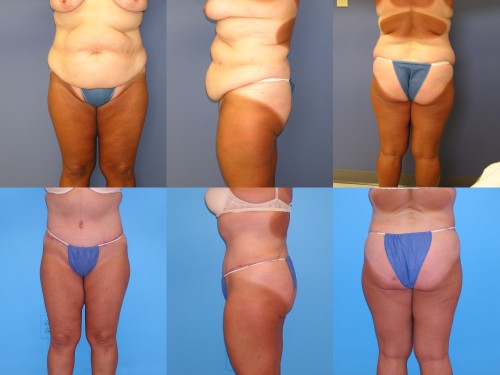
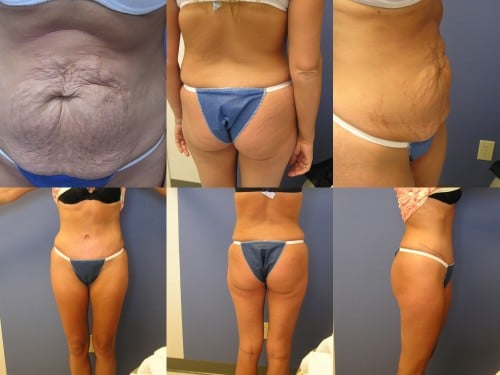
You can see more patient procedure results in our photo gallery.


